Why do we need to work on balance?
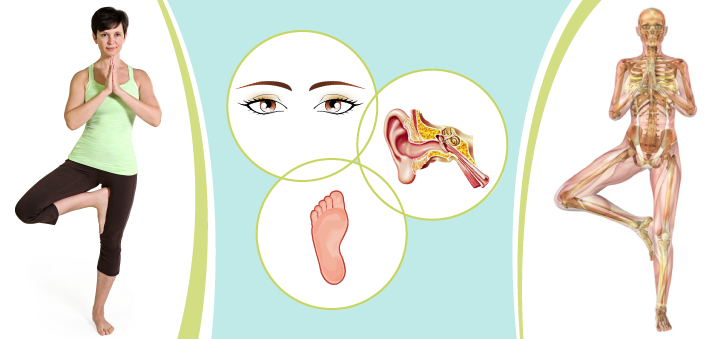
The most dramatic experience I ever had with my balance failing me was about eight years ago. Swine flu was going around that year and got me, making me very, very sick. And while I felt awful and had all sorts of unfortunate symptoms, the one that stuck with me the most was my complete loss of balance. I remember trying to get up from my bed to go to the bathroom and immediately collapsing into a heap on the floor. It would be funny if it weren’t so scary. It is a rather peculiar feeling when you try really, really hard but are definitively unable to remain upright. And the stairs were positively terrifying. It took me three days to begin to regain my sense of balance and it was a great relief.
It was a pretty scary experience, and I often hear an echo of those fears when my older clients tell me that one of their priorities is to “work on balance.” It only takes one fall to become acutely aware of how elusive the sense of balance can be and how tragic the consequences of losing it are. The CDC estimates that one out of three older people (65+) falls each year, but less than half tell their doctor. Falling once doubles your chances of falling again. Falling can lead to serious injury, but even if you are lucky and don’t get hurt, it certainly affects your self-confidence.
It’s not all doom and gloom, of course – the sense of balance can and should be trained. The question is, how do we do it since it is such a complex process involving many bodily systems? This will be our topic of discussion for the next few weeks. There is a lot of ground to cover, so let’s jump right into it.
First things first – why do we care about developing our sense of balance? Obviously, we want to prevent falls, but there are many other things we can accomplish by learning how to balance.
We train our balance to:
- Avoid injury
- Increase strength and stability
- Improve overall structural integration (different parts of the body working together for a common goal)
- Improve neuromuscular connection (communication between the muscles and the brain)
- Develop mental stability
- Improve our ability to focus
- Bring about a sense of accomplishment
Here is how the actual process of balancing works.
1. Sensory systems figure out where the body is in space (chart below).
2. The brain processes the information and sends the signal to the muscles and joints on how to adjust their activity. The brain needs to process this information quickly. In some neurological disorders, this process fails, which leads to balance problems.
3. Muscles and joints receive this information and make necessary modifications. Muscles and joints need to be able to complete the assigned task, which requires a delicate dance between stability and flexibility.
The balancing reflex becomes quicker and more refined with practice.
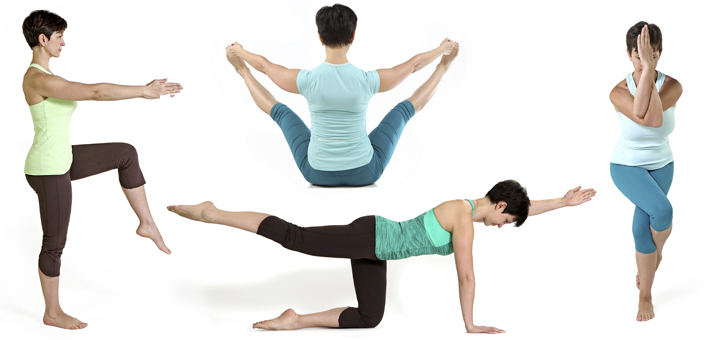
How do we train the balancing reflex? Let’s talk about different ways of training balance with yoga poses.

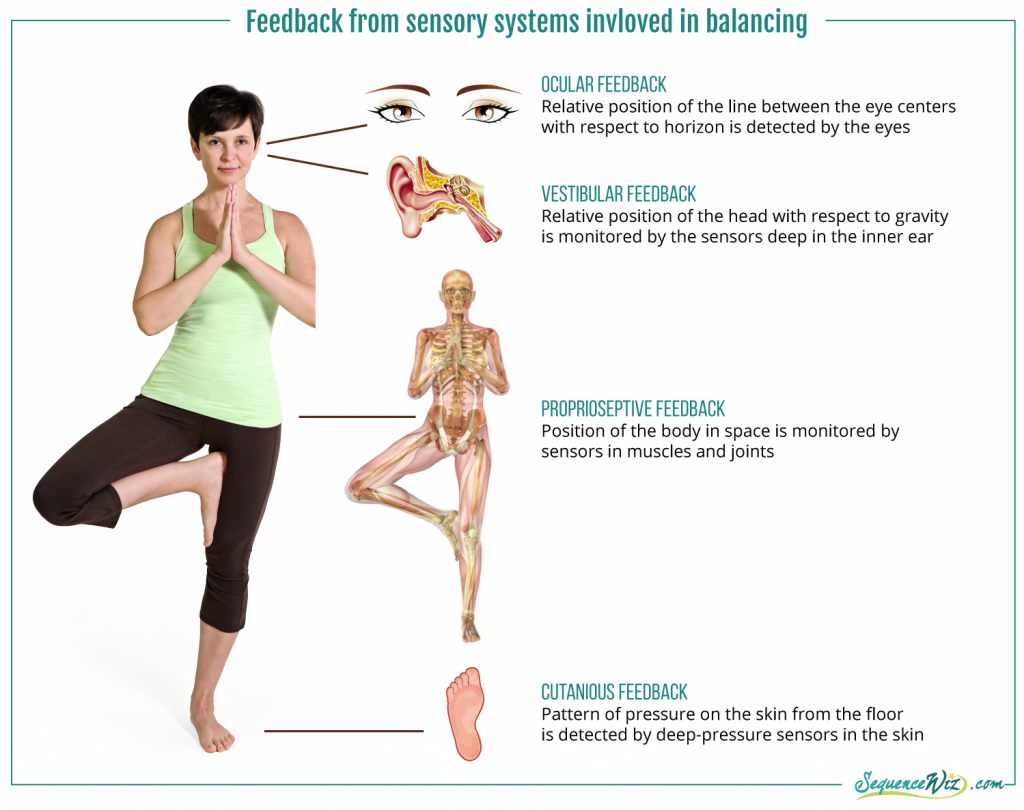
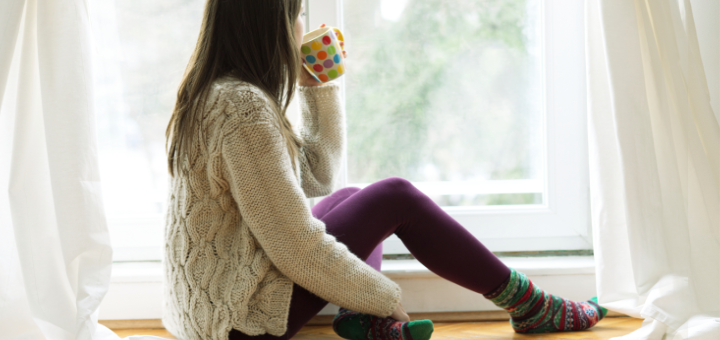
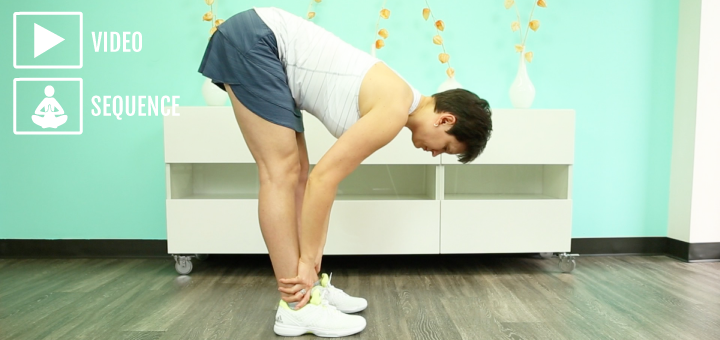






Timely post, Olga, as my classes this week are focusing more specifically on this. Not that we don’t always work on balance – we certainly do. Interesting to read that “one out of three older people (65+) falls each year, but less than half tell their doctor”. Falling is definitely unnerving. It happens so quickly & often unexpectedly. The thought of not realizing why one fell is what is particularly scary & developing balance through practice can be reassuring. As you said, the “balancing reflex becomes quicker and more refined with practice”. Looking forward to your upcoming posts on this topic. My students will benefit & so will I! Thanks so much for this & all you share with us.
great …. I konw very well the horror of being dizzydizzydizzy, the world turning around …. and the solution is to do exercices that make you dizzy. I’ll look forward to it. Working with 50+ women, who easily get dizzy in asana’s, p.e. trikonasana is OK looking down, but looking up , even VERY slowly, djooeps suddenly dizzy …. tips to prevent ?? thanx for your gret blogs !! Relly good.
Very timely, indeed. I work primarily with a senior population, and they are very much aware of the need for good balance. Each session incorporates some elements of balance. Lately I have also become much more aware of the importance of the feet, not only in balance, but in every element of our musculature and structure. Thanks for your great blogs, and I look forward to more with the next posting.
I have degenerative spondylolisthesis of L5-S1. What poses would be safe. Enjoy your yoga teachings.
Moneca
Had a class Thursday about balance…wanted to tell people about this book for over 50…I bought it from a store in Europe..The Best is Yet to Come – Aging Gracefully with Kundalini 50 plus by Willem Wittstamm and used their warm up balance sequence yesterday..